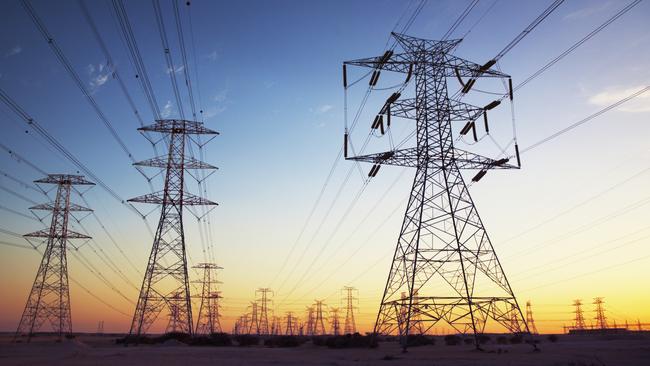Alcoa has locked in power supplies for its Portland aluminium smelter until mid-2035
Alcoa of Australia has locked in power supplies for its Portland aluminium smelter out to mid-2035, with a new deal with AGL providing more security for the future of the operations.

Alcoa of Australia has locked in more power supplies for its Portland Aluminium Smelter out to mid-2035, with a new deal with AGL providing enough power for the smelter to run at almost full capacity until that time.
The smelter is currently averaging about 80 per cent capacity, Alcoa Australia interim president Tanya Simmonds said on Monday, with the new power supply providing more security about the long-term prospects for the operation.
The smelter was threatened with closure twice over the past decade with the federal and state governments government tipping in a combined $230m in 2017 to help the facility recover from a power outage which damaged equipment.
This was followed by a $155m subsidy deal also shared betwen the federal and state governments in 2021, in combiantion with a five year eletricity supply deal.
The future of the smelter has firmed up however, with AGL first locking in a 300MW supply deal out to mid-2035 with Alcoa this time last year, and on Monday following up with a 287MW deal starting on July 1, 2026.
Ms Simmonds said the combined contracts would enable the smelter to produce up to 95 per cent of its nameplate capacity of 358,000 tonnes per year.
“Alcoa, together with our Portland Aluminium Smelter joint venture partners, is pleased to have reached agreement with AGL on this contract that helps provide greater certainty about the future of the 760-person workforce, local suppliers, the Portland community, and many more in the region,” Ms Simmonds said.
Alcoa said the smelter produces about 18 per cent of the nation’s aluminium, and in 2023 paid more than $74m in direct salaries and $164m in local supply contracts.
The smelter also has the capacity to provide grid stability.
AGL said on Monday the deal with Alcoa provided the company “with demand side management in relation to the short term reduction of smelter consumption at times of peak demand’’.
Alcoa said currently about 40 per cent of the smelter’s electricity comes from renewable sources, such as the nearby Portland wind farm, and it also has memoranda of understanding in place with the onshore Kentbruck Green Power Hub and with Alinta Energy to collaborate on the proposed Spinifex offshore wind farm.
Federal Minister for Climate Chnage and Energy Chris Bowen announced last week that the Spinifiex project had been “preliminarily offered a feasibility licence’’, however more consultation was needed before a final decision on granting the feasiblity licence.
“Should the project go ahead, it could generate 1.2GW of electricity, enough to supply around 10 per cent of Victoria’s current electricity needs - equivalent to 650,000 Victorian homes,’’ the minister’s office said.
Pacific Green has also recently applied for approval udner the Enviroment Protection and Biodiversity Conservation Act for a 1GW battery project at the Portland Energy Park near the smelter, which it says would be one of the largest battery storage projects in Australia.
“The proposed action will comprise 250 MW battery ‘parks’, electricity switchyard infrastructure, transmission line connection into the existing high-voltage network, and associated infrastructure and works such as access tracks, benching, drainage and landscaping,’’ Pacific Green says in its application.
“Once operational the Portland Energy Park will provide critical energy storage and stability for the National Electricity Market grid.
“By helping to store and manage energy generated from renewable energy sources, the proposed action will support existing and proposed renewable energy projects within Victoria’s South West Renewable Energy Zone, while helping to strengthen energy supply and price stability for households across Victoria and support Victoria’s energy transition.’’


To join the conversation, please log in. Don't have an account? Register
Join the conversation, you are commenting as Logout